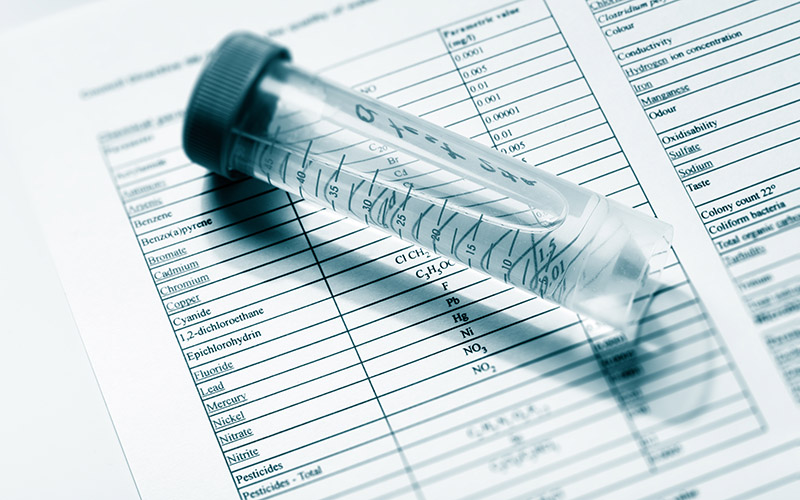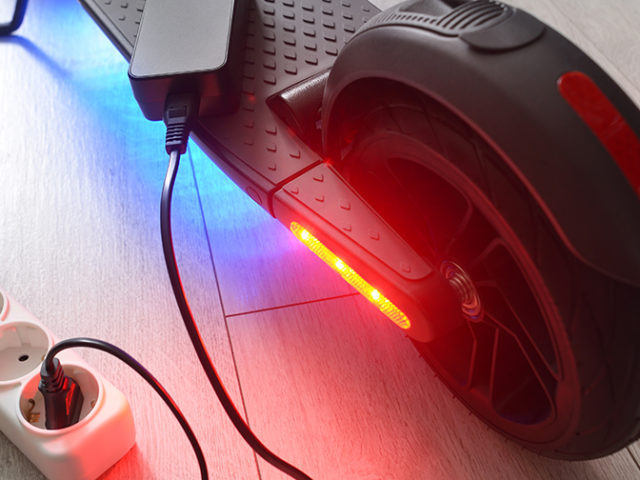A portable water quality monitor developed by students at the University of Bath could significantly aid in the quick identification and mapping of safe water sources globally. The device, named OASIS and produced by Team Bath Biodevices without Borders, merges innovative water diagnostic and GPS technologies to perform swift water quality analysis and record the results on a worldwide map.
Once submerged, OASIS gauges water safety by employing a suite of compact electrochemical sensors that detect various contaminants such as chlorides, fluorides, and nitrates, alongside measuring pH levels, temperature, and turbidity. The findings are then displayed on the device, and if paired with a smartphone, can be uploaded and shared online.
OASIS, an acronym for On-site Aquatic Safety Inspection System, was developed by a Vertically Integrated Project (VIP) team at the University. These VIPs at Bath allow students from all academic years and disciplines to engage with faculty on long-standing real-world challenges.
The team recently utilised the established connections between Bath and Stellenbosch University in South Africa to field-test OASIS and examine its integration into local communities to aid in safe water consumption and water quality monitoring.
Alexz Farrall, the Team Leader, highlighted the project’s goals: “We are creating an innovative and genuinely usable device that, with some further development, could really make an impact on water safety and water scarcity,” he explained. “The OASIS uses affordable sensors to enable rapid detection of several chemical markers, providing instant feedback on the cleanliness and drinkability of a water source. With the addition of GPS technology, users can be informed about the safety of a water source and share this with their community.”
The device can be particularly beneficial in areas facing water scarcity, potential contamination, or in agricultural regions where water quality can change swiftly. It offers immediate risk detection, which can be crucial during events like Cholera outbreaks.
The distinction of the OASIS device lies in its affordability and the novel integration of technologies. By designing cost-effective and dependable sensors and releasing their project as open-source, the team is poised to collaborate with NGOs to transition the device to full production for deployment in regions where these organisations operate.
Dr Despina Moschou, the team’s academic director and Senior Lecturer at Bath’s Department of Electronic & Electrical Engineering, who also contributes to the CBio Centre for Bioengineering & Biomedical Technologies, commented on the device’s potential:
“The device is sophisticated and addresses a major global problem in a simple and potentially very affordable way,” she noted. “The team’s efforts in applying their knowledge to this issue, enhancing their skills and real-world problem solving, is truly impressive.”
Farrall emphasised the future vision for the device: “One of the key issues we’re focusing on is how to provide a useful and usable data infrastructure alongside strong capability and detail,” he added. “Longer-term, the aim is to use different attachments to enable sensors to monitor every tap, pipe, or river, increasing awareness and facilitating quicker identification of outbreaks or sources of contaminants.”
The team is looking to enhance the device’s efficiency and affordability and to heighten its sensitivity to a broader spectrum of contaminants. They also intend to examine its potential in tackling socio-economic challenges, such as generating local water quality monitoring jobs and undertaking projects like transforming plastic waste into building materials.
Team Bath Biodevices, which includes a diverse group of students, has received funding and support from the University’s Department of Electronic & Electrical Engineering, Faculty of Engineering & Design, and Bath’s Impact Acceleration Account.




